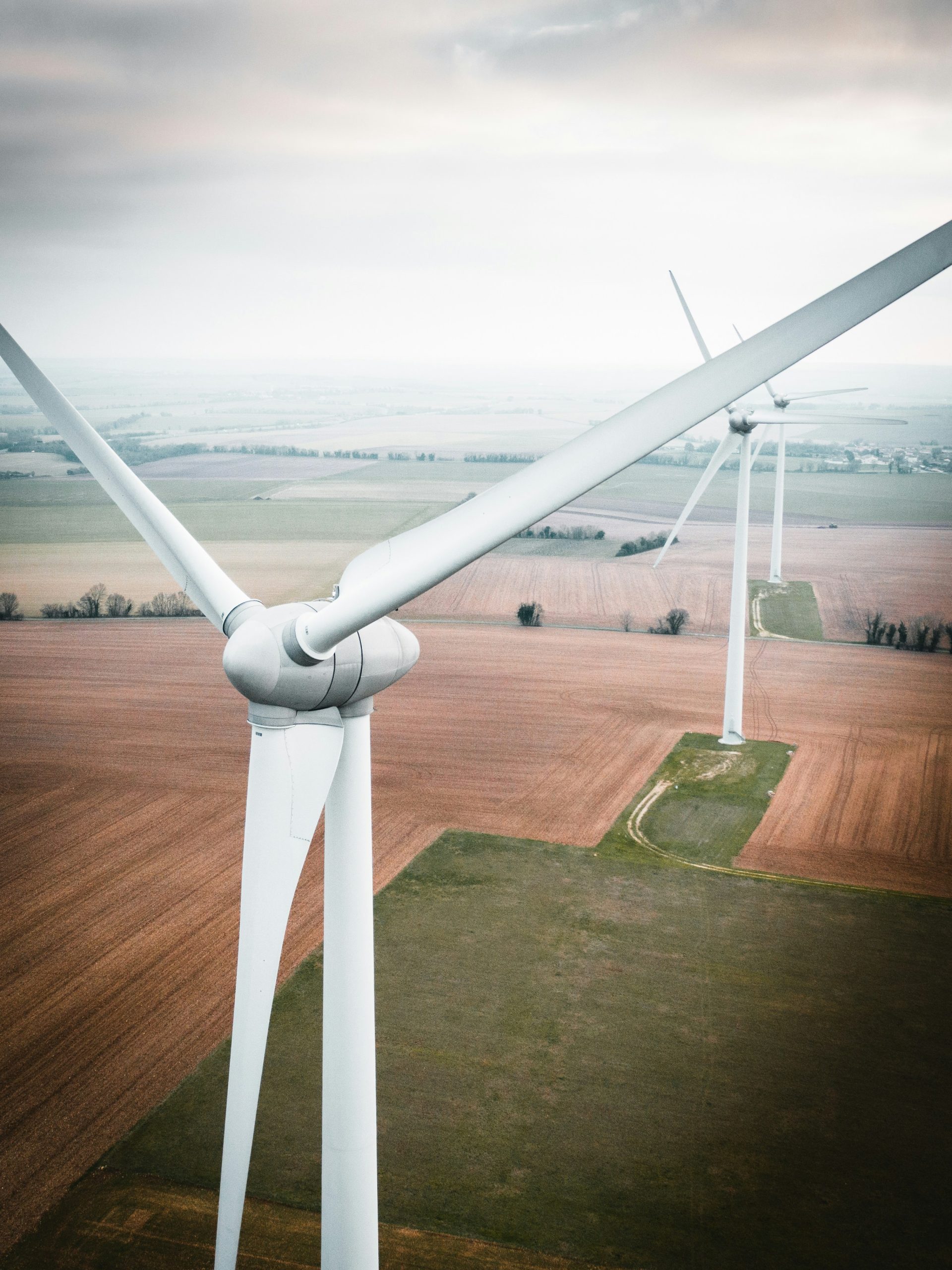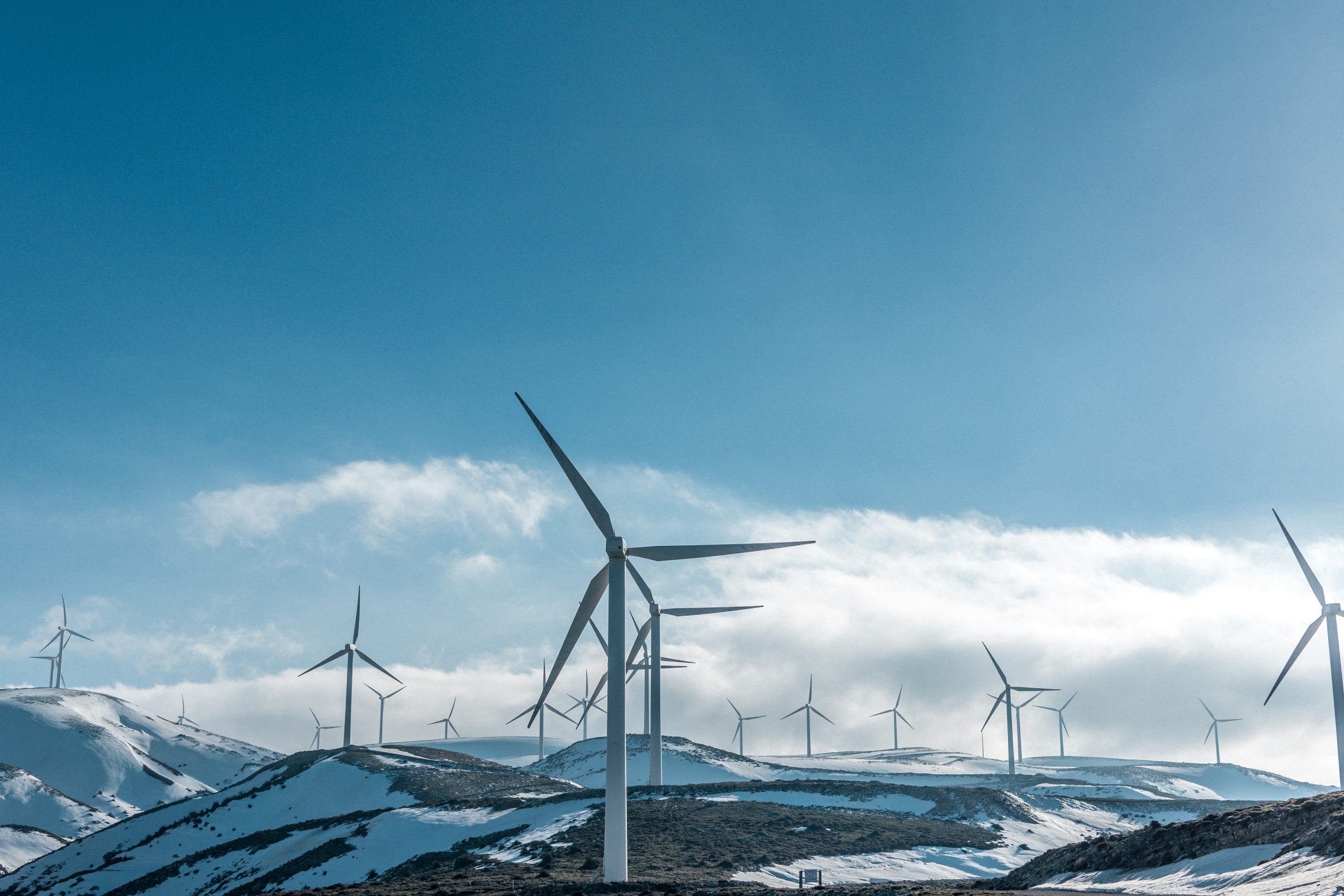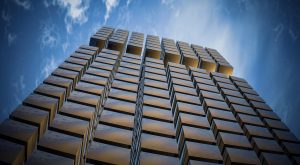In our journey towards a more sustainable future, energy-efficient windows play a pivotal role in the architecture of our homes and buildings. These advanced windows are designed to minimize heat loss during the winter and reduce heat gain in the summer, significantly lowering our reliance on artificial heating and cooling systems. As we embrace these innovations, we find ourselves reducing energy consumption and greenhouse gas emissions, thus making a tangible impact on our planet’s health. By integrating energy-efficient windows into our architectural designs, we are not just enhancing comfort within our spaces, but also championing a greener, more sustainable way of living. Have you ever wondered how energy-efficient windows contribute to sustainable architecture? It’s an interesting topic that delves into how we can make our homes and buildings more environmentally-friendly, while also saving money in the long run. Let’s dive into this fascinating subject together and explore the various ways in which energy-efficient windows play a crucial role in sustainable architecture.

What Are Energy-efficient Windows?
Energy-efficient windows are specially designed and manufactured to minimize heat loss and gain, and to increase the energy efficiency of buildings. These windows typically incorporate advanced materials and technologies, such as low-emissivity (Low-E) coatings, insulated frames, and multiple glazing layers.
How Do Energy-efficient Windows Work?
Energy-efficient windows work by incorporating several key components that help to reduce the transfer of heat, contributing to lower energy consumption:
- Low-E Coatings: These are thin layers of metallic oxides applied to the glass surface. They help to reflect heat back into the room during winter and block it during summer.
- Spacer Technologies: Spacers are used to keep the panes of glass apart. Advanced spacers have lower thermal conductivity, reducing heat loss.
- Glazing Layers: Most energy-efficient windows have double or triple glazing, meaning they contain two or three layers of glass with air or gas-filled spaces in between. This design greatly reduces heat transfer.
- Gas Fills: Argon, krypton, or other inert gases are often used between the glass layers to further insulate.
Why These Components Matter
Each component plays a critical role in the window’s overall effectiveness. For example, Low-E coatings can reduce energy loss by as much as 50%, while multiple layers of glazing can cut down heat transfer substantially. When combined, these features make energy-efficient windows a fundamental part of sustainable architecture.
Benefits of Energy-efficient Windows
Energy-efficient windows offer a wide array of benefits, all of which contribute to a more sustainable architectural practice.
Reduced Energy Consumption
One of the most significant advantages of energy-efficient windows is the reduction in energy consumption. When less heat escapes from our buildings in winter and less heat enters in summer, we need less energy to keep indoor temperatures comfortable.
Lower Utility Bills
With reduced energy consumption comes lower utility bills. By installing energy-efficient windows, we can decrease our heating and cooling costs, making it a win-win solution for both our wallets and the environment.
Improved Indoor Comfort
Energy-efficient windows help in maintaining a consistent indoor temperature by reducing drafts and cold spots. This results in a more comfortable living environment year-round.
Noise Reduction
Multiple glazing layers and well-insulated frames not only help in energy savings but also reduce outside noise, making our living spaces quieter.
Environmental Impact
By reducing our energy consumption, we are also decreasing our carbon footprint. This is hugely beneficial for the environment as it contributes to less reliance on fossil fuels and lowers greenhouse gas emissions.
Benefits Overview Table
| Benefit | Description |
|---|---|
| Reduced Energy Consumption | Less heat transfer means less energy required for heating and cooling. |
| Lower Utility Bills | Reduced energy use translates to lower monthly bills. |
| Improved Indoor Comfort | Consistent temperatures without drafts or cold spots. |
| Noise Reduction | Multiple glazing layers help to keep out external noise. |
| Environmental Impact | Reduced carbon footprint and greenhouse gas emissions. |
Technologies and Materials Involved
To fully understand how energy-efficient windows contribute to sustainable architecture, it’s crucial to delve into the technologies and materials involved in their construction.
Advanced Glazing Technologies
Double and Triple Glazing
Double and triple glazing involve multiple panes of glass separated by insulated spaces. These layers act as barriers that reduce the amount of heat that escapes or enters a building.
Low-Emissivity (Low-E) Glass
Low-E glass comes with a special coating designed to reflect heat while allowing light to pass through. This coating helps to keep interiors warm in the winter and cool in the summer.
Spacer Systems
Warm Edge Technology
Traditional window spacers can allow heat to escape, but warm edge technology involves spacers made from materials with low thermal conductivity. This reduces heat loss through the window’s edges.
Insulating Glass Units (IGUs)
IGUs are a combination of multiple glazing layers and spacers filled with air or inert gases like argon or krypton. These units provide exceptional insulation properties, reducing heating and cooling loads.
Frame Materials
Different frame materials offer varying levels of energy efficiency:
- Vinyl: Known for its insulating properties and low maintenance.
- Wood: Excellent insulation but requires regular maintenance.
- Composite: Combines materials to offer high insulation and durability.
- Aluminum: Often used with thermal breaks to reduce heat loss.
Smart Coatings
Some energy-efficient windows come with smart coatings that can change properties based on the temperature, adjusting the level of insulation they provide automatically.
Integrating Renewables
Modern energy-efficient windows can also incorporate renewable energy technologies, such as integrated photovoltaic cells, which capture solar energy to generate electricity.
Implementing Energy-efficient Windows in Sustainable Architecture
Understanding how to implement energy-efficient windows in building design can greatly contribute to sustainability. Let’s explore some considerations and strategies that can be used in both new constructions and retrofitting projects.
Design Considerations for New Constructions
Orientation of the Building
The orientation of the building can significantly impact the effectiveness of energy-efficient windows. South-facing windows can capture sunlight during the winter, reducing heating needs, while north-facing windows can minimize heat gain during summer.
Window-to-Wall Ratio
It’s vital to balance the window-to-wall ratio. Too many windows can lead to excessive heat loss or gain, whereas too few windows can compromise natural daylight. Striking the right balance is key for achieving energy efficiency.
Building Layout
An efficient building layout can maximize the benefits of energy-efficient windows. Placing commonly used areas such as living rooms and kitchens where they can receive natural light can reduce lighting and heating costs.
Retrofitting Existing Buildings
Window Replacement
Replacing old, single-pane windows with double or triple-glazed energy-efficient windows can significantly boost a building’s energy efficiency. This is often one of the most straightforward and impactful retrofitting measures.
Adding Storm Windows
For buildings where full window replacement isn’t feasible, adding storm windows can be a cost-effective alternative. They provide an additional layer of insulation, thereby improving energy efficiency.
Sealing and Insulation
Ensuring that windows are properly sealed and insulated can prevent drafts and reduce energy loss. This might involve re-caulking and weather-stripping around window frames.
Integrating with Other Sustainable Practices
Energy-efficient windows are most effective when combined with other sustainable architectural practices:
- Passive Solar Design: Uses the building’s design to maximize natural light and heat.
- Cool Roofs: Reflect more sunlight and absorb less heat.
- Green Insulation: Using sustainable materials for enhanced insulation.
- Smart Home Systems: Automatically adjust blinds and windows shades based on the outside temperature and sunlight.

Financial Incentives and ROI
Investing in energy-efficient windows can involve a significant upfront cost, but the long-term benefits often outweigh the initial expenditure. Let’s take a closer look at the financial aspects.
Initial Investment
The upfront cost of energy-efficient windows can vary widely depending on the materials and technologies used. However, this investment should be seen as a long-term saving.
Energy Savings
In many cases, homeowners and businesses see a substantial reduction in their energy bills after installing energy-efficient windows. This saving can often cover the initial investment within a few years.
Government Incentives and Rebates
Many governments offer incentives and rebates to encourage the installation of energy-efficient windows. These can range from tax credits to direct rebates, offsetting some of the initial costs.
| Country | Incentives & Rebates |
|---|---|
| United States | Federal tax credits, state rebates, and utility incentives. |
| Canada | Greener Homes Grant and provincial incentives. |
| UK | Green Homes Grant and Energy Company Obligation (ECO). |
| Australia | State-specific rebates and incentives. |
Increase in Property Value
Installing energy-efficient windows can also increase the market value of a property. Buyers are often willing to pay a premium for homes and buildings with lower operating costs and a reduced carbon footprint.
Return on Investment (ROI)
Many studies show that the ROI for energy-efficient windows can be quite attractive. Reduced energy bills, tax incentives, and increased property values contribute to a compelling financial case.
Overcoming Common Misconceptions
Despite the clear benefits, there are some common misconceptions about energy-efficient windows that may deter people from making the switch.
Myth: Energy-efficient Windows Are Too Expensive
While the initial cost can be higher than standard windows, the long-term savings on energy bills and the available financial incentives can make them cost-effective in the long run.
Myth: They Don’t Make Much Difference
Energy-efficient windows can significantly reduce energy consumption, particularly when combined with other sustainable practices. Their impact should not be underestimated.
Myth: Only New Buildings Can Use Them
Energy-efficient windows can be installed in both new constructions and existing buildings. In fact, retrofitting old buildings with energy-efficient windows is one of the most effective ways to improve energy performance.
Myth: All Energy-efficient Windows Are the Same
There are various types of energy-efficient windows available, each with different features and performance levels. It’s essential to choose the right type for the specific needs of a building.

Future Trends in Energy-efficient Windows
As technology advances, the future of energy-efficient windows looks promising. Here are some trends to watch for:
Smart Glass Technologies
Smart glass technologies are evolving, allowing windows to change their properties based on external conditions. This could provide even greater energy savings and comfort.
Integrated Renewable Energy
Windows with integrated photovoltaic cells are on the rise, allowing buildings to generate electricity from sunlight, further reducing their reliance on external energy sources.
Advanced Insulation Materials
New materials and coatings are being developed to improve insulation properties, making future energy-efficient windows even more effective.
AI and Machine Learning
Artificial Intelligence (AI) and machine learning can optimize the usage of energy-efficient windows. Smart home systems that learn from our behavior and adjust window settings accordingly can enhance both comfort and efficiency.
Sustainable Manufacturing Processes
There’s a growing focus on making the production processes for energy-efficient windows more sustainable, using recycled materials and reducing waste.
Conclusion
So, how do energy-efficient windows contribute to sustainable architecture? They offer numerous benefits, including reduced energy consumption, lower utility bills, improved indoor comfort, and decreased environmental impact. By incorporating advanced materials and technologies, energy-efficient windows enhance the overall energy performance of buildings.
As we look toward the future, continual advancements in technology and increased awareness about sustainability will likely make energy-efficient windows an even more integral part of sustainable architecture. Whether you’re planning new construction or retrofitting an existing building, investing in energy-efficient windows is a step toward a greener, more sustainable future.
We hope this article has shed light on the importance and benefits of energy-efficient windows. It’s an exciting field that promises to play a significant role in the architecture of tomorrow. Feel free to reach out with any questions or comments—we’re always here to help!



